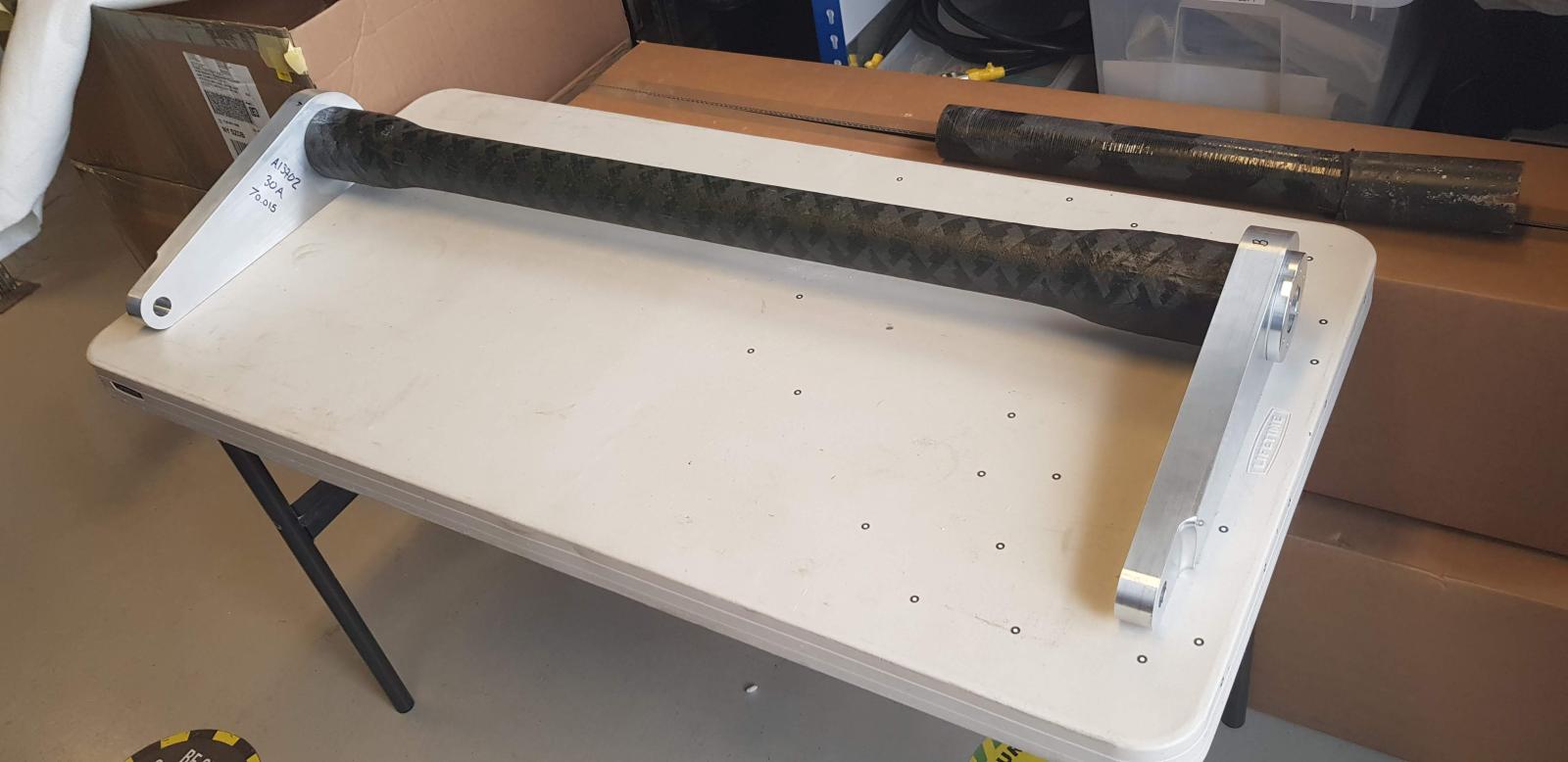
Two SMEs have worked with the University of Sheffield Advanced Manufacturing Research Centre (AMRC) on a stabiliser bar for trucks and trains that is 30% lighter than those currently on the market.
The AMRC Composite Centre worked with Sheffield-based Tinsley Bridge and Performance Engineered Solutions, in Rotherham, on the Lightweight Metal Composite Hybrid (LiMeCH) project which, with £400,000 in funding from Innovate UK, created a lighter alternative to the tubular steel bar currently used for suspension units.
“Lightweighting is top of the agenda for our customers,” said Russell Crow, director of engineering at Tinsley Bridge. “That is even more so when they are looking at alternative propulsion systems, such as electric drive trains and alternative fuels, because every gram they can save offsets the additional mass they have to carry for the batteries or hydrogen fuel tank.”
Carbon fibre composites are not yet widely used in the volume automotive sector for functional parts such as suspension systems where the industry standard is a steel tube welded to metallic end fittings. Replacing the steel with lighter materials can improve fuel efficiency, helping operators meet new emissions regulations, and composite materials are less affected by fatigue so their use can deliver increased reliability without compromising performance.
In the two-year LiMeCH project, the consortium aimed to create a suitable joint between a composite tube and a metallic end fitting that together form an anti-roll bar (ARB), a key part of a vehicle’s suspension unit.
Russell says as a minimum the joint needed to be capable of transmitting the same loads as the equivalent part manufactured from steel spring.
He said: “The key was finding a modular system. This project was not about making a very expensive composite part, but about how we could bond together metallics and composites to create high configurability from a low number of stock parts.”
Performance Engineered Solutions (PES) used its expertise in composites and lightweight materials to design the ARBs, employing Finite Element Analysis (FEA) to simulate the process prior to manufacture to determine whether the proposed designs could resist the loads an ARB is subjected to.
Stefan Dalberg, senior design engineer at Performance Engineered Solutions, said: “We needed to consider the ease of manufacture as well as the material selection, adhesive selection and how it would perform during non-destructive testing (NDT).”
The AMRC’s Composite Centre produced four anti-roll bar prototypes using its MF Tech filament winding system in which filaments of carbon, impregnated with resin, are wound onto a rotating mandrel to form a desired shape. PES penetratively inspected the inside of the bar using CT scanning technology, then used an in-house light scanning system to visually inspect the parts.